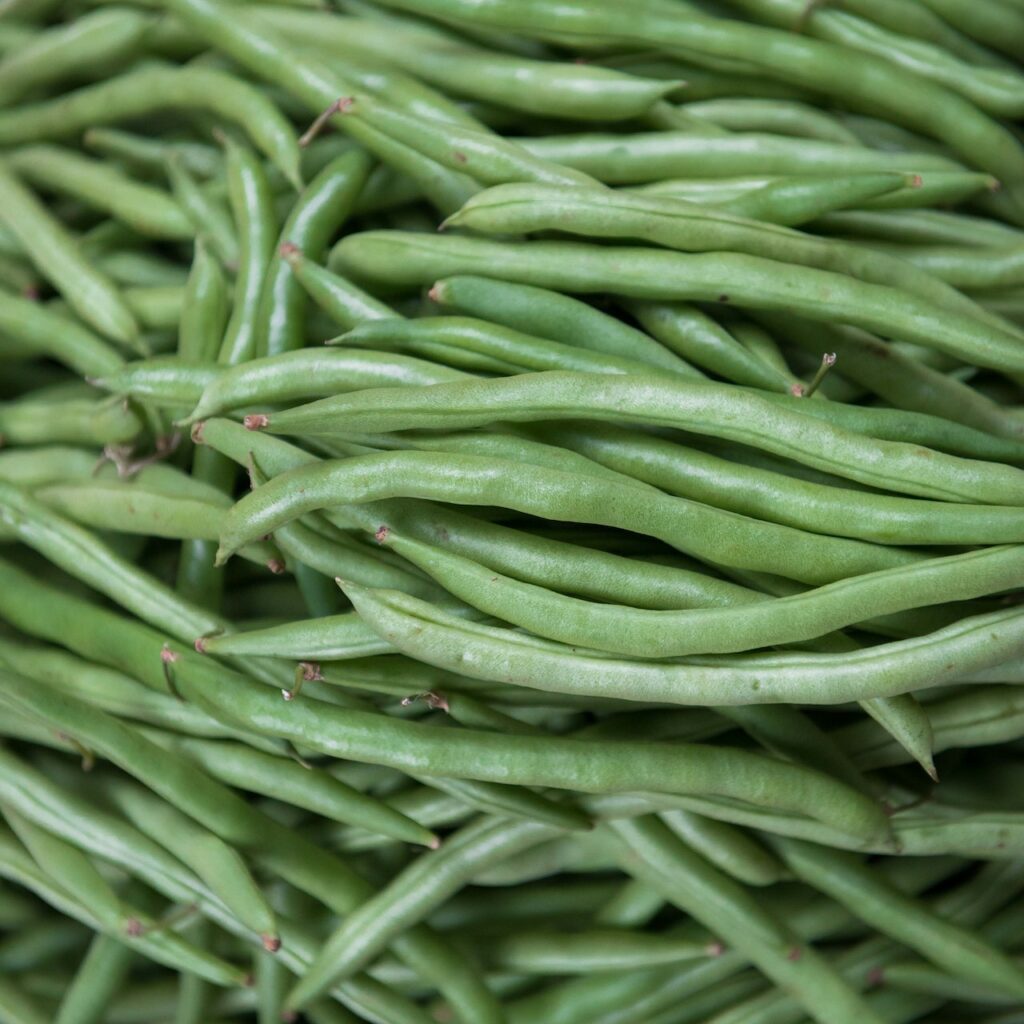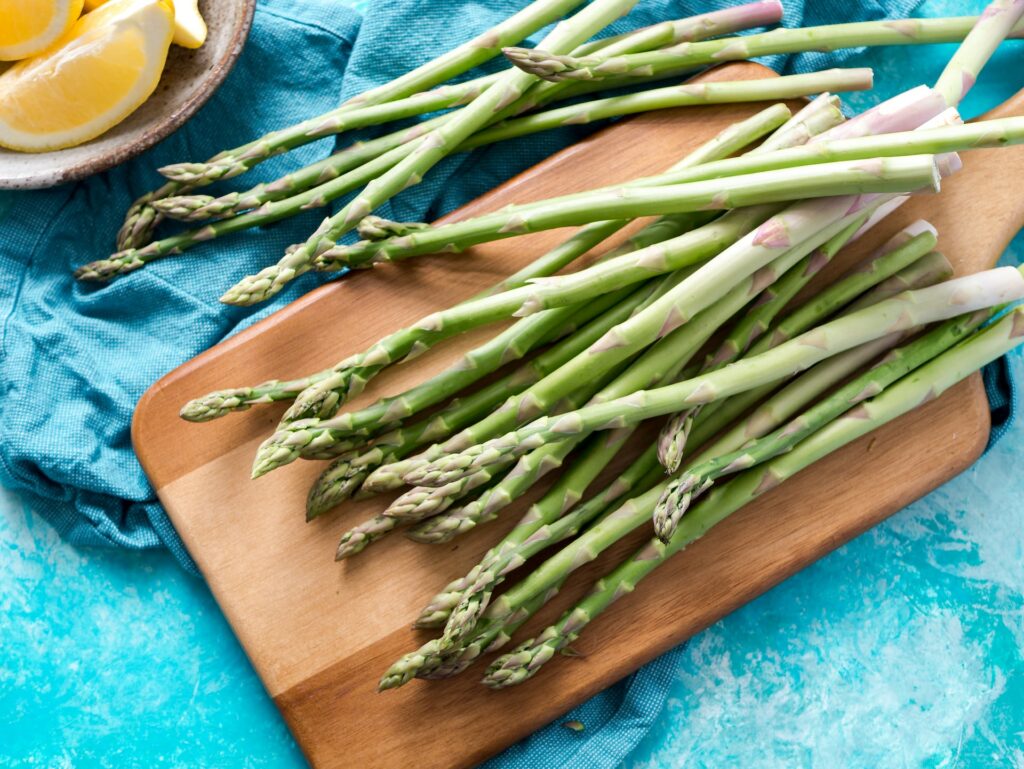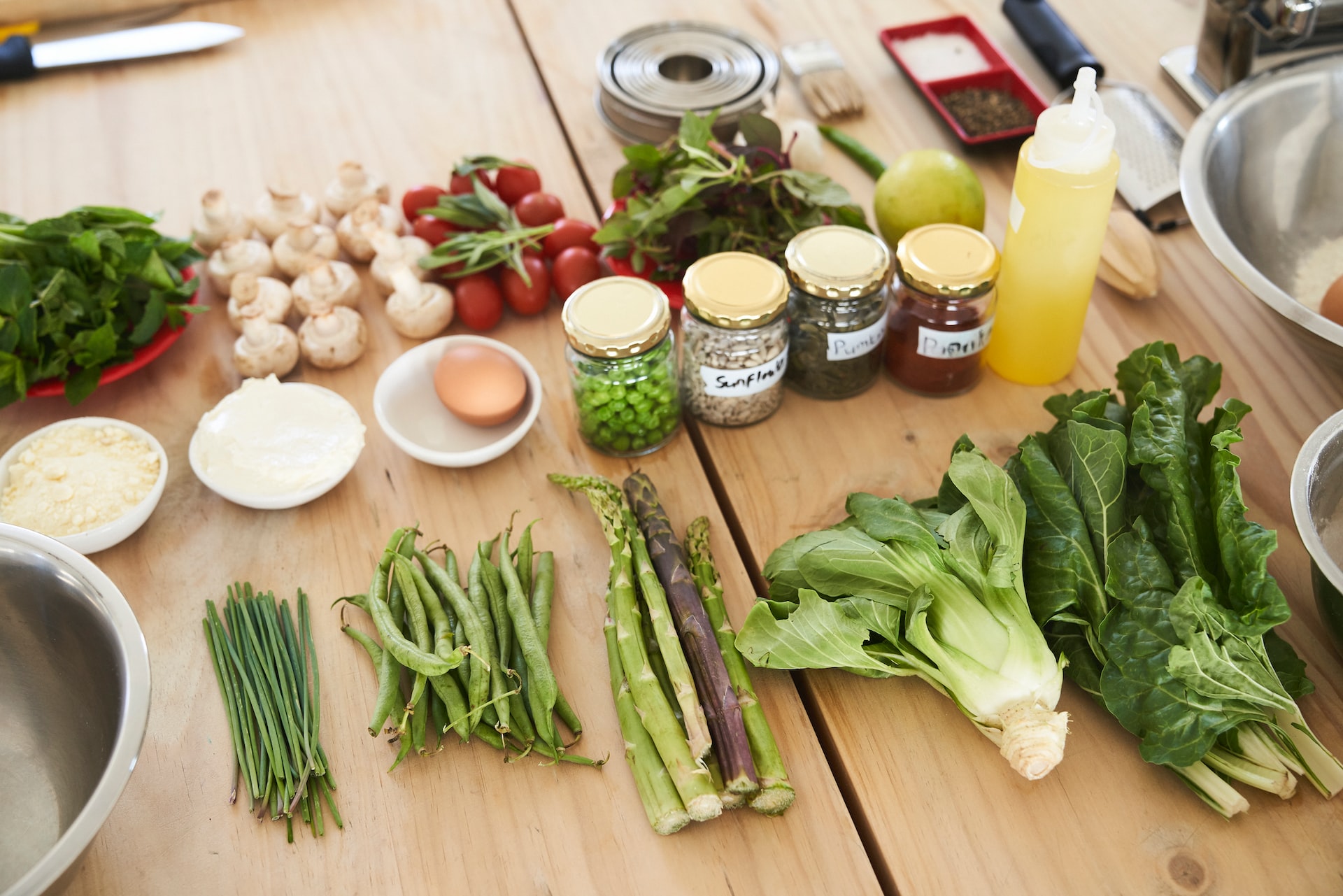Despite their differences when comparing green beans vs. asparagus, they’re both delicious vegetables. And they’re rich in vitamins and minerals. But they are far from the same, even though some confuse the two.
This article will offer a detailed comparison between green beans and asparagus. And it examines the various factors that set them apart from each other.
Contents
- What Are Green Beans?
- What Is Asparagus?
- Green Beans vs. Asparagus: What’s The Difference?
- Origin
- Appearance
- Though they are both vegetables, green beans and asparagus could not look more different. Green beans are long and slender, with a bright green color measuring 6 to 8 inches in length.
- Asparagus, on the other hand, is slightly longer and thicker, with a dark green or purple hue when fresh. The color difference is because asparagus contains anthocyanins, which are not present in green beans.
- Taste
- Texture
- The texture of the two vegetables also differs. Green beans are crisp and firm, both fresh and cooked. However, asparagus can be somewhat crisp when fresh but is tender and fibrous when cooked.
- Conclusion
What Are Green Beans?
Green beans are legumes in the same family as peanuts and soybeans. They’re also sometimes called string beans or snap beans. That said, the term “green beans” can refer to the unripe fruit of any species in the Fabaceae plant family. But the most common green bean in North America is the Phaseolus vulgaris variety.
These beans grow on bushes or vines and are typically green in color. However, there are also yellow and purple varieties. Prominent in many different cuisines worldwide, green beans are eaten fresh, cooked, or pickled. And they’re an excellent source of vitamins A and C, fiber, and iron.

What Is Asparagus?
The asparagus is a vegetable harvested from a perennial plant that belongs to the lily family. It is native to the Mediterranean and has been cultivated for over 2,000 years. The plant grows to a height of 1 to 2 meters and produces small, green flowers.
The edible part of the plant is the young shoot, harvested in the spring. And it can be consumed fresh, cooked, or pickled. This unique vegetable is commonly used globally in salads, soups, and stir-fries.
Asparagus contains vitamins A, C, and E, folate, and fiber. And it comprises high levels of glutamic acid, which gives it its distinct flavor. It’s typically green in color, but a purple variety originated in Italy that is sweeter.
Green Beans vs. Asparagus: What’s The Difference?
Despite their similarities, a green beans vs. asparagus comparison reveals that they are pretty different vegetables. Here’s a rundown of the characteristics of these two popular vegetables:
Origin
In the eastern Mediterranean, where it originated, asparagus has been a staple food for millennia. However, the cultivation of green beans dates back thousands of years and began in Central and South America.
Appearance
Though they are both vegetables, green beans and asparagus could not look more different. Green beans are long and slender, with a bright green color measuring 6 to 8 inches in length.

Asparagus, on the other hand, is slightly longer and thicker, with a dark green or purple hue when fresh. The color difference is because asparagus contains anthocyanins, which are not present in green beans.
Taste
In terms of taste, green beans are slightly sweet, while asparagus has a grassier flavor. In fact, the flavor of asparagus is quite distinct, but some have compared its taste to broccoli stems.
Texture
The texture of the two vegetables also differs. Green beans are crisp and firm, both fresh and cooked. However, asparagus can be somewhat crisp when fresh but is tender and fibrous when cooked.
Conclusion
After reading this article, you’ll likely better understand the difference between these two beloved vegetables. So, if you’re ever faced with the green beans vs. asparagus debate again, you have all the information you need.
